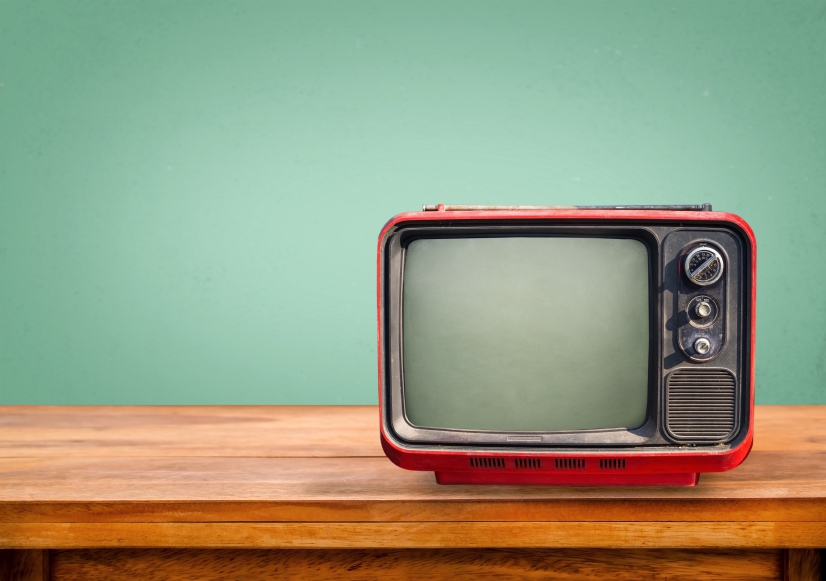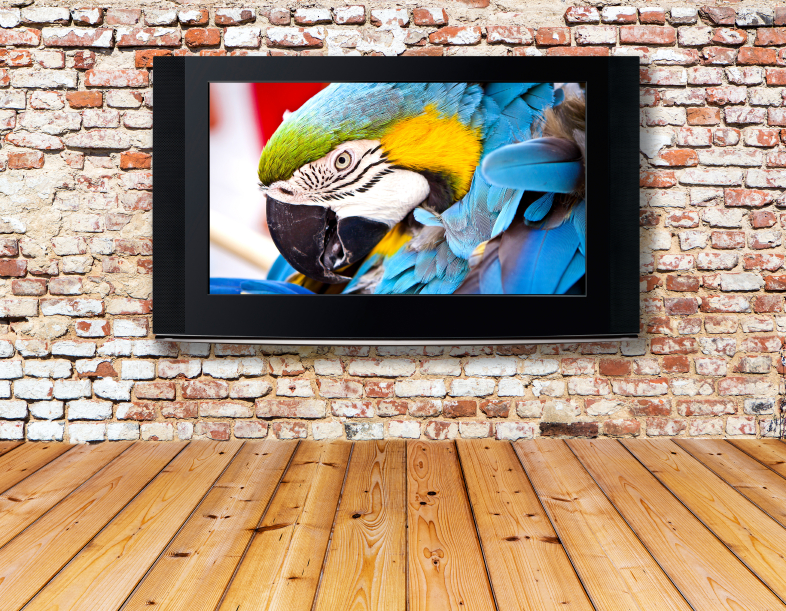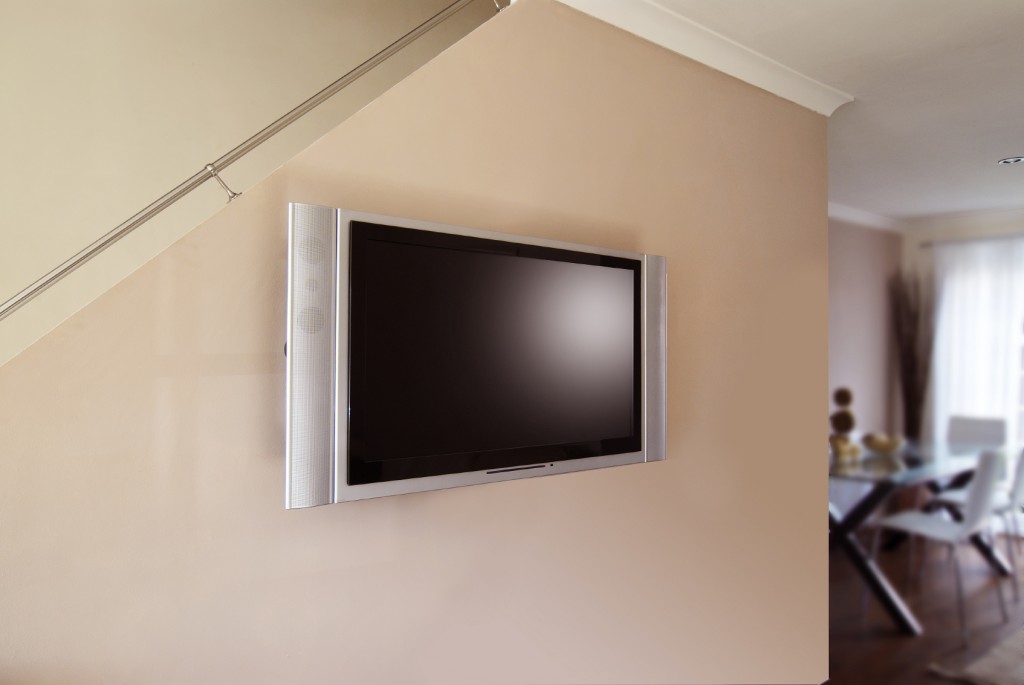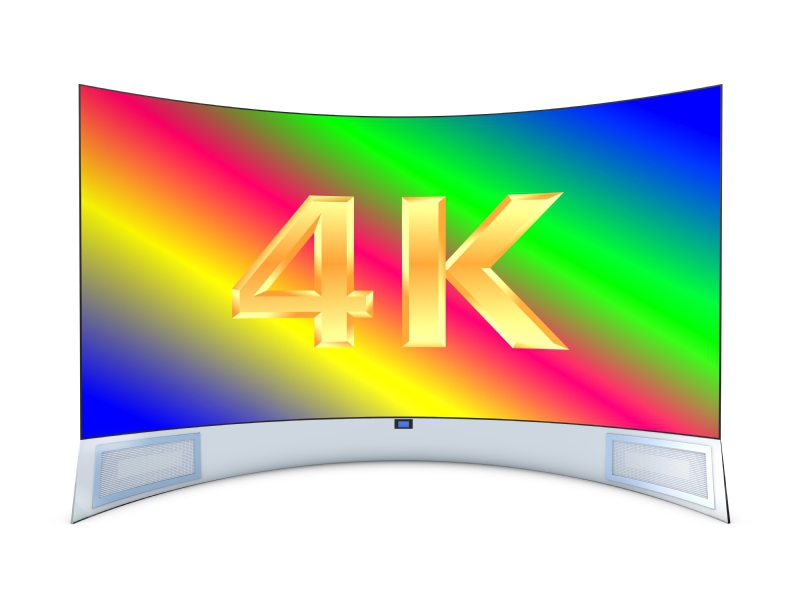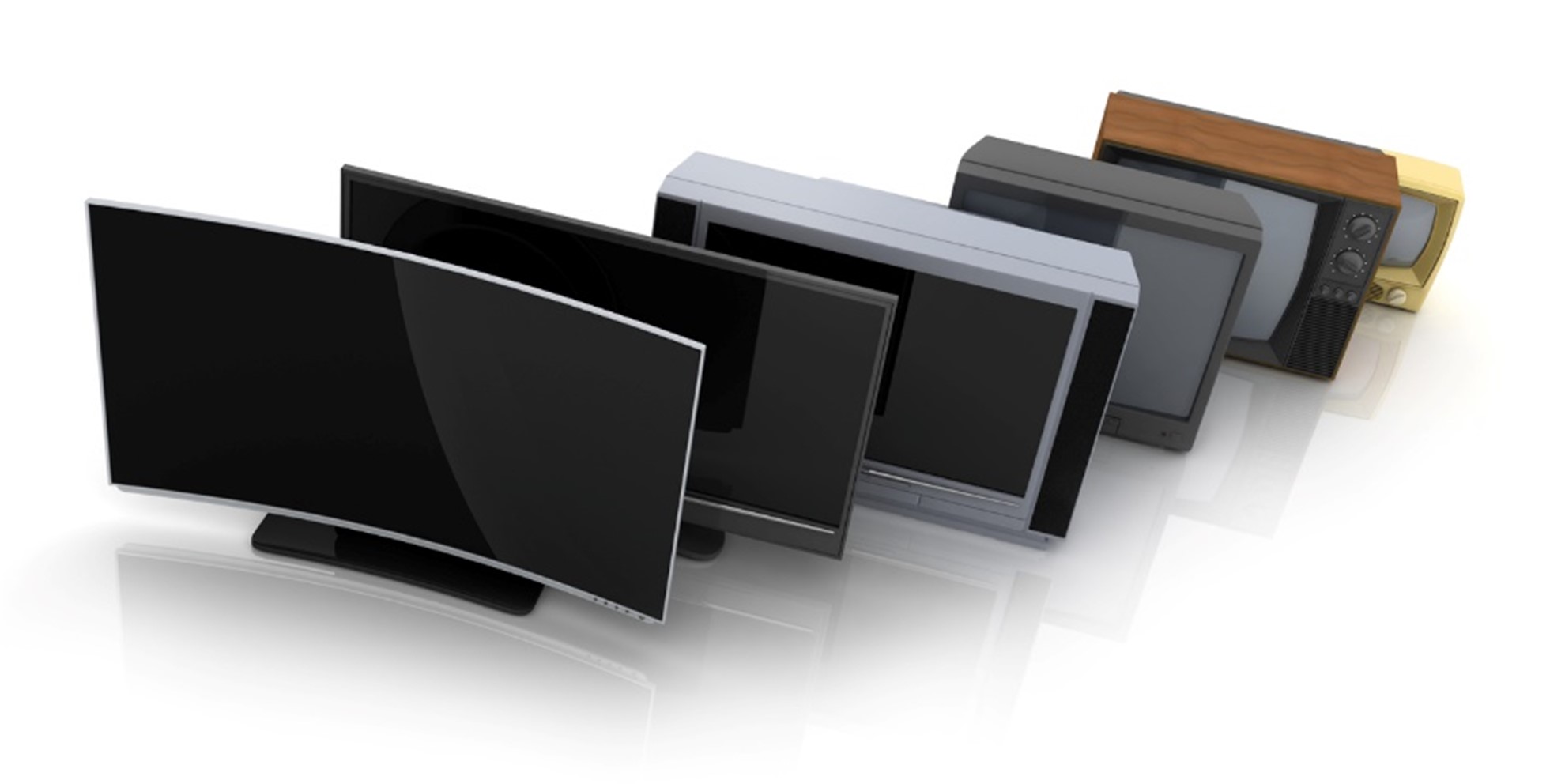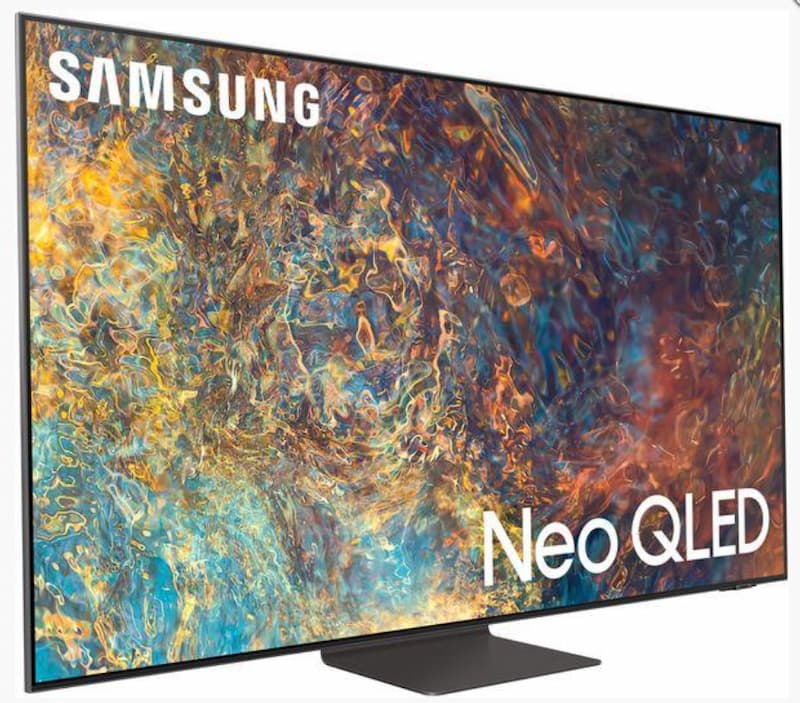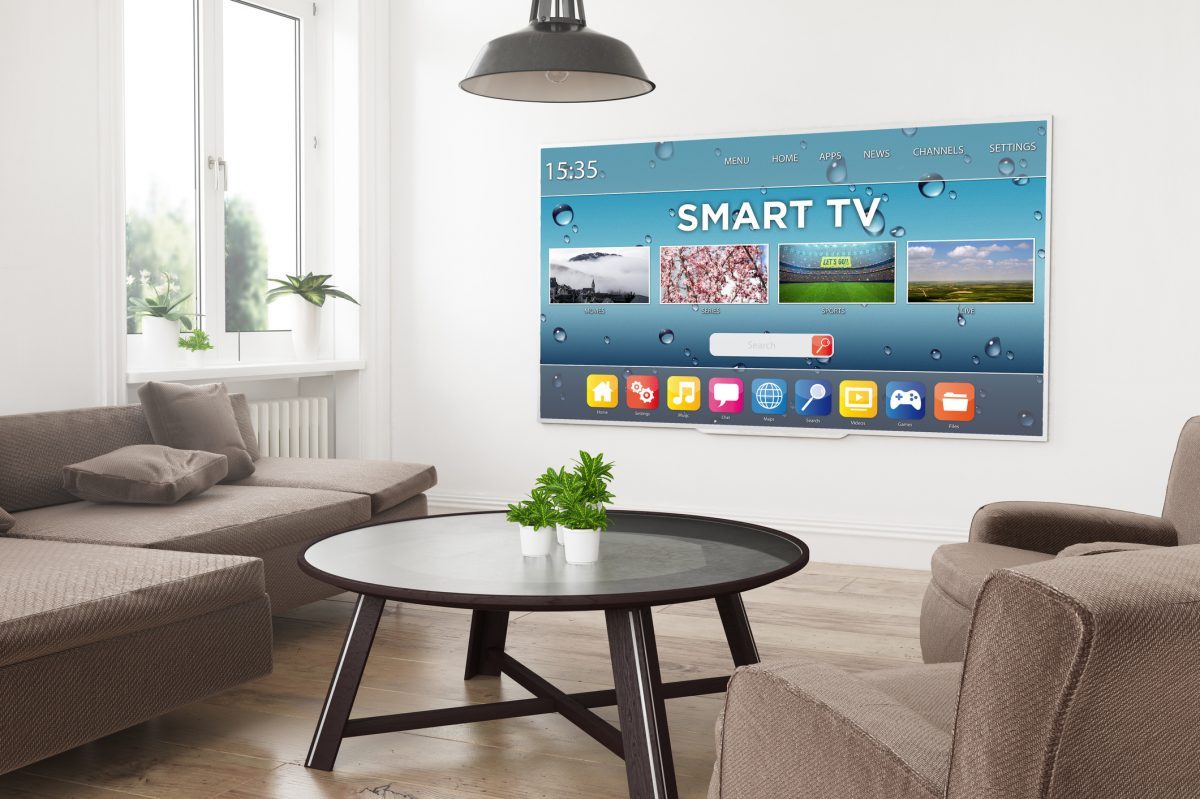Televisions have come a long way since they were first introduced around three-quarters of a century ago. With technology becoming better and more advanced each year, it’s only natural that so has the way that we can view some of our beloved television programmes. To understand how privileged we are with the likes of 4K TVs and OLED televisions, we need to take a look at how display technologies have changed through the 20th and 21st centuries.
Cathode Ray Tube (CRT)
Cathode ray tubes were originally used in the late 19th century by scientists to determine certain properties, such as the rays emitted travel in straight lines and consist of negatively charged particles (electrons). It wasn’t until the beginning of the 20th century, just before the start of World War II, that these tubes were used to illuminate phosphorus screens and begin the start of the television age.
Rear Projection Television (RPTV)
This type of television display is typically attributed to large screen televisions that are up to 100 inches in width. The earliest types of RPTVs were CRT RPTVs, which were the first types of television to exceed 40 inches. The main issue with these types of televisions is that they tend to be quite bulky and have unclear picture quality at close range.
After this, and with the development of new technology, came liquid crystal display (LCD) RPTVS. In these televisions, a lamp inside the TV transmits light through a small LCD chip to create an image. The LCD projector then uses mirrors to take the light and creates three separate beams (one red, one green, and one blue), which are then directed to their corresponding LCD panels. The liquid crystals inside are then manipulated using electrical currents and finally, using lenses to direct the three beams, the image is projected onto the screen.
The last type of RPTV is a digital light processing (DLP) RPTV, which creates an image using a digital micromirror device. The device itself contains a large array of microscopic mirrors that each correspond to one pixel within an image. The mirrors are then oriented in such a way that, by using electrical currents and light optics, the deconstructed images are recombined and the final image is projected onto the screen.
Flat Panel Display
Flat-panel displays are lighter and a lot thinner compared to traditional CRT TVs and tend to be around 10 cm or less thick. When it comes to these televisions, there are two different categories: volatile and static.
Volatile displays need to be refreshed frequently to ensure that they retain their state – a common example is an LCD TV – whereas static display is able to retain their state without periodic changes in electrical currents. Another popular example of a flat-panel display is a light-emitting diode (LED) television, which is essentially an LCD television that uses LEDs as a light source and a backlight.
OLED (Organic Light-Emitting Diode)
One type of display that is becoming increasingly popular is known as organic light-emitting diode (OLED) TVs. OLEDs are LEDs where the illuminating layer is a film of organic compound that emits lights when subject to an electric current. So, the difference between LCDs and OLEDs is that a backlight is required for LCDs, whereas OLEDs are self-emitting, which is better for the environment and more efficient.
Because of this brand new technology, televisions are now even slimmer than ever. A great example of this is the LG Wallpaper OLED TV – it is just less than 1mm thick! As well as this, because OLED pixels emit light directly, it means the viewing angle of these TVs are much wider and the colour and contrast stay the same from as far as 90 degrees off the centre of the television.
Television technologies ae becoming more and more advanced each year, so much so that CRT TVs have become nearly entirely obsolete. However, it does mean that the ever popular technologies such as LCD and LED TVs are cheaper than ever! At Electronic World TV, we are leading providers in cheap LED TVs and cheap LCD TVs, as well as offering some fantastic deals. If you would like to know more information, then please get in touch today on 0121 769 2623 and we will be more than happy to help.

